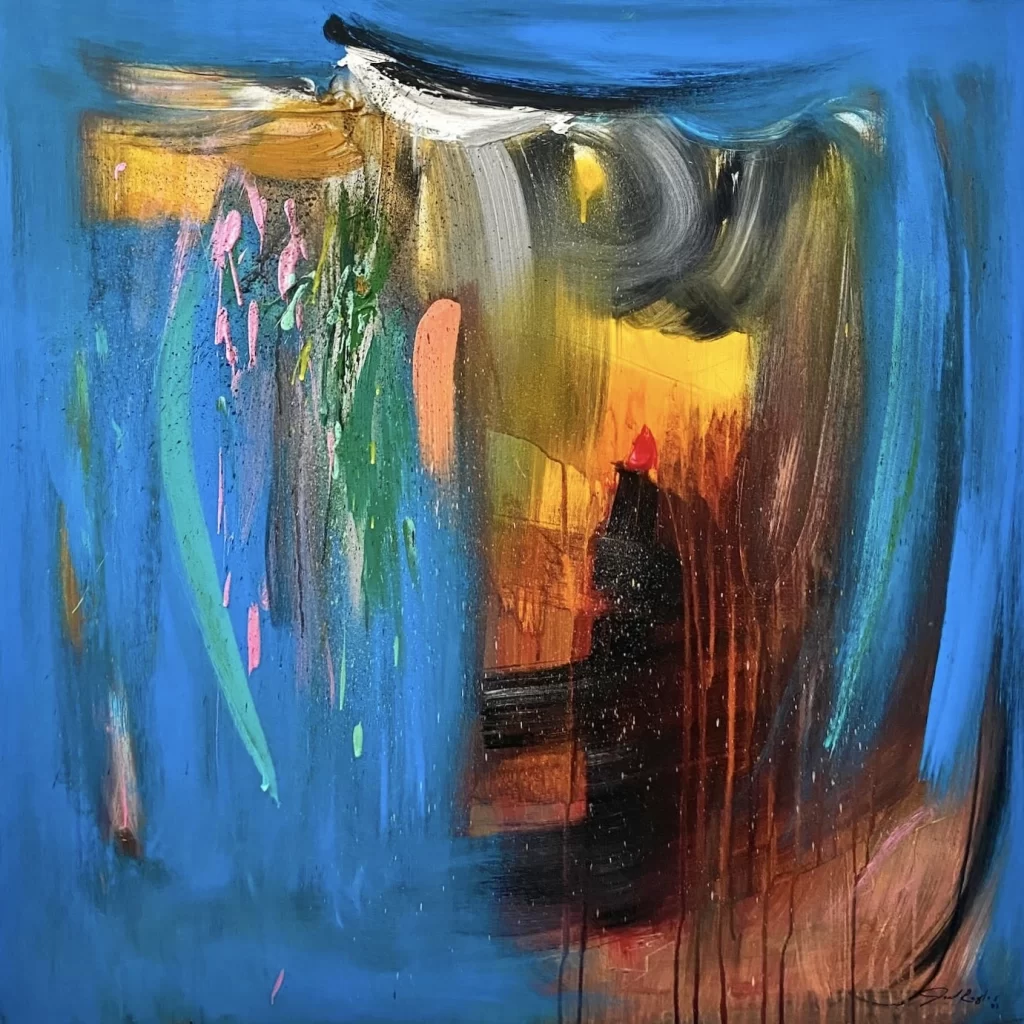Art Talks
Unveiling the Dynamic Landscape of Abstract Art in the Philippines
The complexity and historical evolution of abstract painting may perplex those unfamiliar with the art world, particularly new collectors. Abstract painting has undergone a significant transformation in the Philippines since facing resistance seven decades ago and being dismissed as lacking in skill. Today, it is a hallmark of modern Philippine culture, representing a defining characteristic of contemporary art.
Contrary to common misconceptions, abstract art is not merely an emotional outpouring or an unskilled application of paint on canvas. It is a diverse artistic approach that encompasses various techniques and ideas. Renowned Filipino artist Jose Joya, designated as the National Artist for the Visual Arts, employed layers, loose impasto, drips, and mixed-media approaches to capture the colors and sensations of the Philippine landscape and culture in his paintings, depicting elements such as rice paddies, golden sun, and festivals.

by Joel Reglos
2023, Acrylic on Canvas, 36″ x 36″

by Seth Corda
2023, Acrylic Paint, 36″ x 24″

by Fitz Herrera
2023, Acrylic on canvas, 24″ x 24″
Abstract art, in essence, is non-objective, diverging from figurative art’s pursuit of truthful or realistic depictions of nature. Instead, it focuses on elements such as shape, form, color, and line, offering an open canvas for interpretation and embodying diverse ideas like morality, spiritualism, purity, modernity, music, and art itself. It can also refer to simplified or schematized forms derived from objects, figures, or landscapes.
While abstract art forms can be traced throughout history in various cultures, the concept and term gained prominence in the late 19th and early 20th centuries during movements such as Impressionism, Post-Impressionism, Cubism, Surrealism, and others. These movements, including Impressionism, Post-Impressionism, Cubism, Surrealism, Futurism, Expressionism, Primitivism, Fauvism, Suprematism, and Neoplasticism, marked a departure from classical naturalism and reflected progress coinciding with advancements in the modern world.
The spectrum of non-objective art encompasses a multitude of styles, approaches, ideas, and goals, with notable figures like Picasso, Miro, Pollock, and Rothko contributing to the progression of modern art. Pioneers of purely abstract art, including Wassily Kandinsky, Piet Mondrian, and Kazimir Malevich, were radical in their own ways. In the Philippines, groups like the 13 Modernists and the Neorealists, including artists such as Vitorio Edades, Vicente Manansala, Hernando Ocampo, and Cesar Legaspi, embraced these developments after World War II, breaking away from conservative standards and paving the way for the acceptance of abstract painting in Philippine modern art.
Written by Cherry Fulgar
For more information, contact Imahica Art at +63 917 894 5646, or email thegallery@imahica.art

